Self-Heal (Prunella vulgaris) seeds, organic
Price range: $3.95 through $10.00
Family: Mint (Lamiaceae)
Hardy to Zones 3 to 9
(Heal-All, Heart-of-the-Earth, Self Heal) Creeping herbaceous perennial, native to the northern hemisphere of Earth. In the garden or among the grasses on the lawn, a floral focal point or a surprising splash of color that gladdens the heart. Traditional usage (TWM): astringent, analgesic, antiviral, open sores of the oral mucosa, herpes. The cob-like cluster of hairy bracts with associated purple corollas are most useful. Pick at full flowering glory and dry in the shade, then set aside for making tea. The plant prefers full sun to shade and moist soils. If you bump them up with organic compost, they can be highly florific and stunning, otherwise a small demure blinking blue eye in the grasses. Sow seed in early spring or cold-condition in moist medium in the refrigerator (not the freezer) for a week or two before sowing in warm soil. Really a very easy plant to start and to grow. Flowers purple from 6 inches to 22 inches, depending on how much compost is used and how much competition is experienced from grasses. Space plants 1 foot apart. If kept weeded, they will produce a monotypic colony.
Packet contains 50 seeds
1 gram contains ~1,400 seeds
Certified Organically Grown


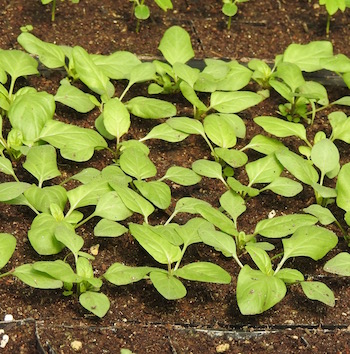
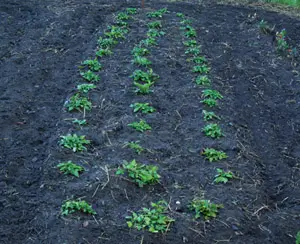

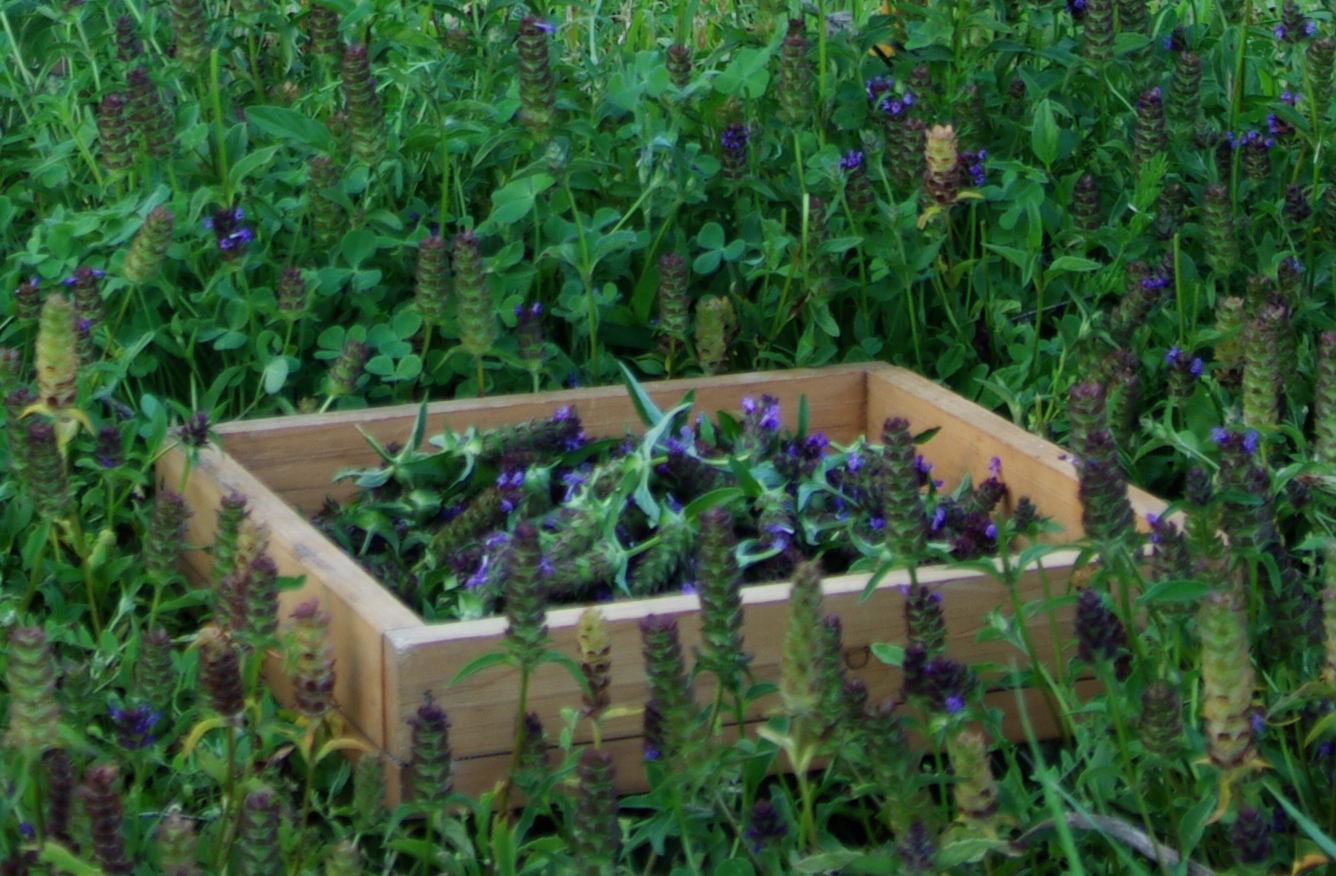
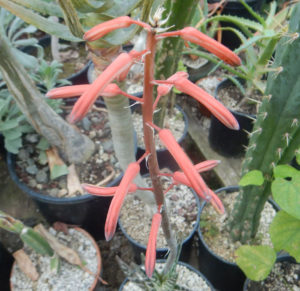
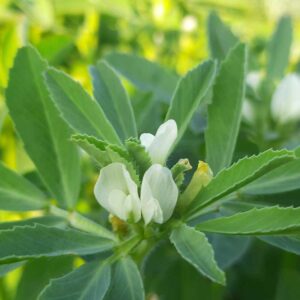
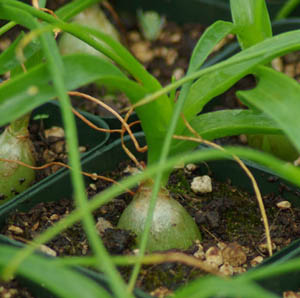
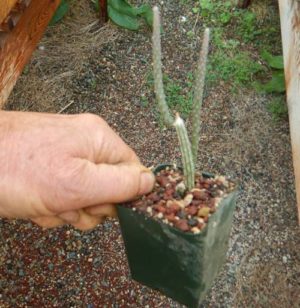
Pamela (verified owner) –
The seeds germinated easily and the plants have grown vigorously. I planted the baby self-heal plants about two feet apart. In one year, the bed is filled and the plants are throwing fertile seeds that pop up around the bed. So easy, they grow happily! I boosted the plants with compost and the flowering is abundant. This bed is against the house facing North/North East – gets morning sun and solid afternoon shade from the house. I wasn’t sure how it would do in zone 9b/10, 1.5 miles from the ocean, so far self-heal is flourishing in this climate. What a fun plant, one of my many favorites from SMS so far. Thank you, Richo!
Upvote if this was helpful (3) Downvote if this was not helpful (0) Watch Unwatch Flag for removal
Grace (verified owner) –
Hello Richo! I do not have a ton of shady spots to plant this lovely herb, but would like to know if you have any advice to give on other taller plants that she’d particularly like to grow with, that can offer her a bit of undergrowth shade. Thank you!
Upvote if this was helpful (0) Downvote if this was not helpful (0) Watch Unwatch Flag for removal
Richo Cech –
Hi Grace,
Self Heal grows well in grassy spots and is shaded by grasses. This is really an adaptable plant that will also do fine in an open garden situation. Frequent watering will be appreciated, and organic compost will result in larger plants and larger blooms.
Richo
Upvote if this was helpful (0) Downvote if this was not helpful (0) Flag for removal
Anna HENNESSEY –
I love all of the plants I’ve grown from this site. This is how I started my medicine garden. Comfrey, calendula, yarrow…plants I’m no longer willing to live without. My favorite of all, though, is the Prunella Vulgaris, or Self-heal. I make a syrup of the fresh plant in food-grade vegetable glycerin and water and it’s an amazing medicine for viral or bacterial ailments. Sometimes a SINGLE tablespoon is all that’s required. I also use it with other skin nourishing and antibacterial herbs to make an antibacterial, skin regenerating ointment- WITHOUT petroleum jelly, which no one should ever use. My patch of this plant doubles itself every year, but this is so important that I’m ordering more so that I have more than one patch to harvest from.
Upvote if this was helpful (3) Downvote if this was not helpful (0) Watch Unwatch Flag for removal
JulieAnn Nugent-Head –
any history of dying out after covering with mulch? we had a wonderful patch of about 1000 plants, but after we covered them with mulch last fall, not a single one seems to have returned. a few are popping up on the edge of the bed where the mulch layer was less thick. thoughts?
Upvote if this was helpful (0) Downvote if this was not helpful (0) Flag for removal
Richo Cech –
Hi JulieAnn, Sounds like we need to be careful not to mulch on top of self heal we want to keep. it is rhizomatous and dwells naturally among grasses. richo
Upvote if this was helpful (2) Downvote if this was not helpful (0) Flag for removal
Jean Thomas (verified owner) –
I have not yet started these seeds. Wanted to comment on how quickly I received my order and how well the seeds were packaged. My area was in the process of getting 4” of rain and the bubble envelope was quite damp when I received it. When I opened it expecting to find damp seed packets, I found them safely enclosed in a cellophane envelope. So pleased with the extra effort in protecting them,
Upvote if this was helpful (4) Downvote if this was not helpful (0) Watch Unwatch Flag for removal
Lila McClellan (verified owner) –
can I sow these seeds in the fall outside in zone 5?
Upvote if this was helpful (0) Downvote if this was not helpful (0) Watch Unwatch Flag for removal
Richo Cech –
hi lila, thanks for wanting to grow this dainty little medicinal. it would be better to plant in a pot in a greenhouse now, or to plant outdoors in the spring. r
Upvote if this was helpful (1) Downvote if this was not helpful (0) Flag for removal
Dawn Paterson –
12 of 12 seeds germinated in 3 weeks this spring.
Upvote if this was helpful (0) Downvote if this was not helpful (0) Watch Unwatch Flag for removal
Lila McClellan –
I had this plant in my greenhouse in a pot with the soil moderately moist and plenty of sun but it died. It just diasappeared. Maybe it doesn’t like temps that are 80°? Of maybe it wasn’t moist enough soil? I don’t think it had a bug infestation, at least I didn’t notice any. Any suggestions?
Upvote if this was helpful (0) Downvote if this was not helpful (0) Watch Unwatch Flag for removal
Richo Cech –
hi lila, thanks for writing and sorry about the self heal. bugs don’t really eat self heal. it likes to grow in a shady area and will take full sun as long as the roots are relatively moist and cool (like in a grass thatch). Probably in the greenhouse the roots just got too hot. Keep going, each one of these occurrences can be considered like an experiment, and we move on, making use of the results. RAC
Upvote if this was helpful (2) Downvote if this was not helpful (0) Flag for removal
chuck –
Is this Spica Prunellae?
Upvote if this was helpful (0) Downvote if this was not helpful (0) Watch Unwatch Flag for removal
Richo Cech –
Hi, That’s pharmaceutical Latin for Self Heal (Prunella vulgaris) flowers. Richo
Upvote if this was helpful (0) Downvote if this was not helpful (0) Flag for removal
Kaen –
Is it annual or perennial?
Upvote if this was helpful (0) Downvote if this was not helpful (0) Watch Unwatch Flag for removal
Richo Cech –
Hi Karen,
thanks for contacting! If you double-click on the photo you get the monograph that explains these kinds of things. Here’s a clip from self-heal: Creeping herbaceous perennial, native to Europe.
Richo
Upvote if this was helpful (1) Downvote if this was not helpful (0) Flag for removal